
A Fly To Tie And Try July 2021 by Les Lockey
Fly of the Month – July
The Black Diawl Bach (variant)
Hook: Kamasan B170, size 12 or 14.
Thread: Black Semperfli Nanosilk, 50D, or any black flat thread.
Tail: Black cock hackle fibres.
Rib: Black dyed peacock herl, wound over wet UV resin.
Body: Rear 2/3, black holographic tinsel, front 1/3, red holographic tinsel.
Hackle: Black hen hackle fibres, tied as a beard.
Cheeks: Split jungle cock nail.
TYING
Photo 1. Starting at the eye, wind the thread in touching turns to the barb and remove the excess thread
Photo 2. Align the tips of a small bunch of cock hackle fibres and tie them in as a tail on top of the hook shank. Trim the butt ends to the length of the body.
Photo 3. Tie in a single peacock herl by the butt end, trim to the same length as the body and bind all the butt ends down with touching turns of thread.
Photo 4. Tie in a length of black holographic tinsel and wind the tinsel in slightly overlapping turns, down to the tail and back to the tie in point, secure with thread and remove the excess tinsel. Repeat the process with the red holographic tinsel over the remaining one third of the body.
Photo 5. (These next 2 steps need to be done quickly, so have all the tools and materials to hand.) Carefully coat the body with UV resin.
Photo 6. Quickly wind the peacock herl in open spirals over the wet UV resin, secure at the head with a couple of thread wraps and cure the resin thoroughly with a UV torch, to encapsulate the herl.
Photo 7. Once cured and dry, remove the excess herl. Align the tips of a bunch of hen hackle fibres and tie them in as a beard hackle under the shank. Remove the stub ends and tidy the area with a few thread wraps.
Photo 8. Tie in a split jungle cock nail feather, ensuring the feather is equally divided on each side of the body and remove the waste feather.
Photo 9. Form a neat head, whip finish, remove the thread and varnish the head to complete the fly.
Tying Tips
- To align the cock hackle fibres, select the quantity of fibres required on the hackle feather and bring them to 90 degrees from the stem or until the tips line up, then hold the tips securely and pull the feather away.
- A flat thread helps to produce a smooth underbody onto which the tinsel can be wound. Steps and bumps will be avoided if the butt ends of all the materials are trimmed to the same length as the body.
- Before applying the UV resin, ensure all the required tools are close at hand and ready to be used quickly and without delay. Although not essential, a rotary vice is recommended when tying this fly, as it allows the rib to be rotated up the body, while keeping the resin in situ.
- A high to medium viscosity resin will give a little more time to wind the rib and will also hold the rib more securely.
- Allow plenty of time for the torch to fully cure the resin before proceeding with the rest of the dressing.
- Dyed goose biots can be used as an alternative to jungle cock.
- An all red version of this fly, tied with a red game tail and hackle but without cheeks, has proved a worthwhile alternative for me.
Fishing Hints
- For many years, the Diawl Bach was my bogey fly, but with the advent of UV resin, I was able to produce much slimmer flies and have not looked back since. In fact, I now catch more fish on Diawl Bachs than on any other nymphal pattern.
- Diawl Bachs can be fished on any density of line, but on Coldingham Loch, my preference is for floating or sink tip lines. A favourite method is to fish them slowly on the washing line as a team of two with a floating fly on the point, but they can also be effective when fished as part of a team of nymphs, often with a weighted pattern on the point to get the flies a little deeper down the water column.
- When fishing in and around weed beds, I use just one fly to avoid droppers getting snagged. On one occasion, I remember fishing right into the lilies at the top of the North End, where fish were rising steadily but refusing all my usual dries. However, a single black Diawl Bach, allowed to sink for a couple of seconds and slowly inched back, resulted in a fish a cast. As an experiment, numerous other patterns were tried, but without a single offer, yet when the Black Diawl Bach was redeployed, the takes resumed. My fishing diary shows a red letter day with 34 fish landed and 5 more lost, all to a single Black Diawl Bach.
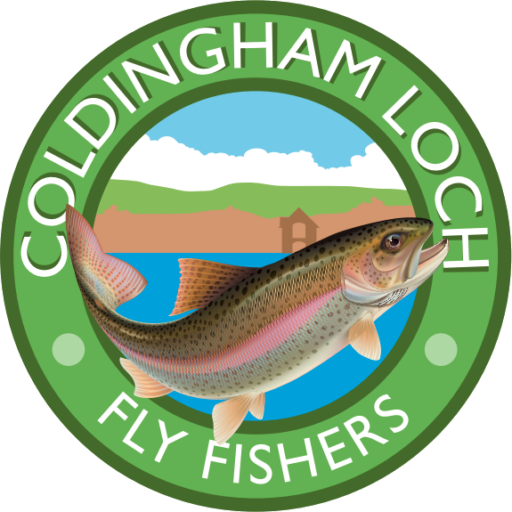

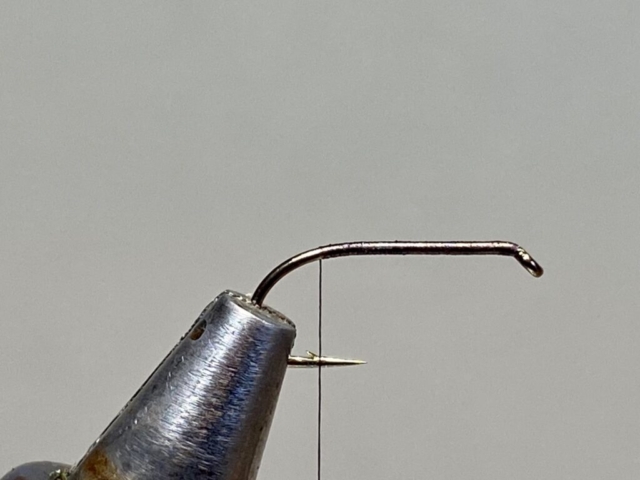


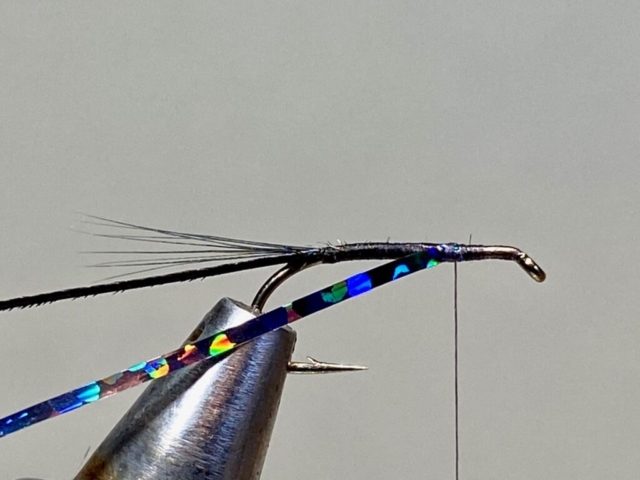

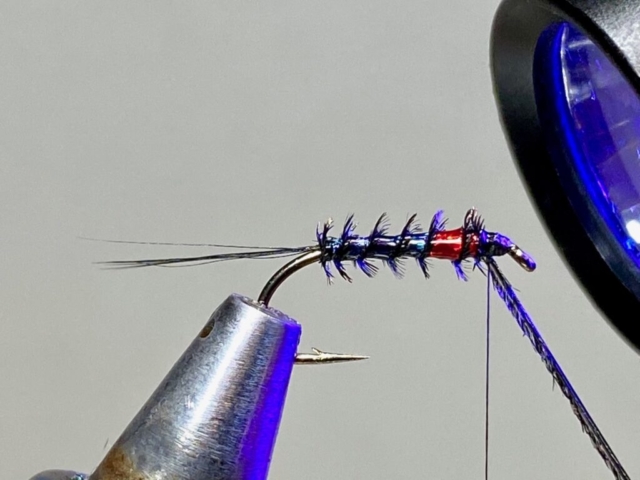
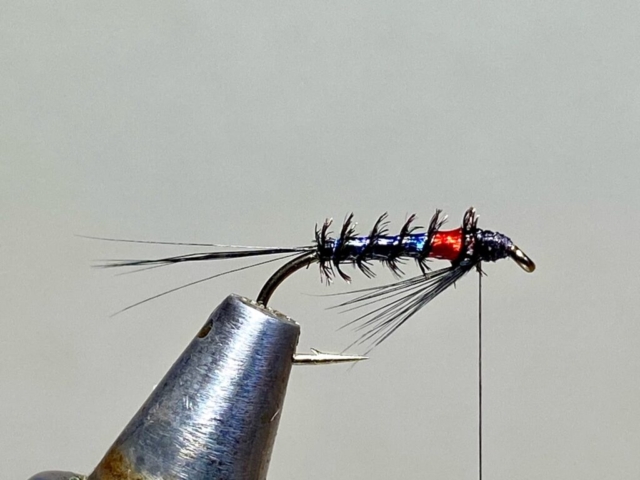
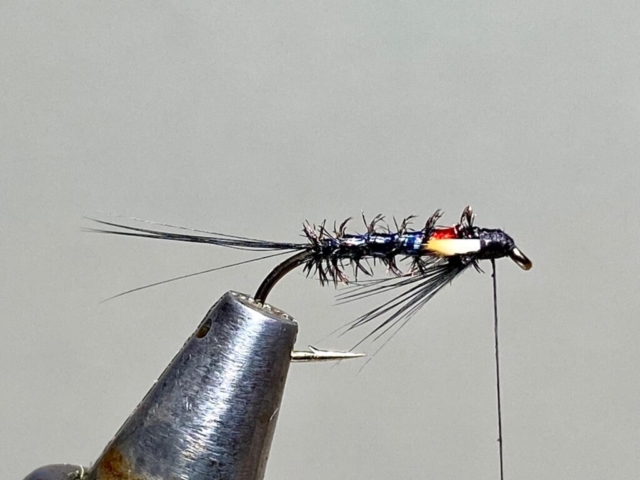


Recent Comments